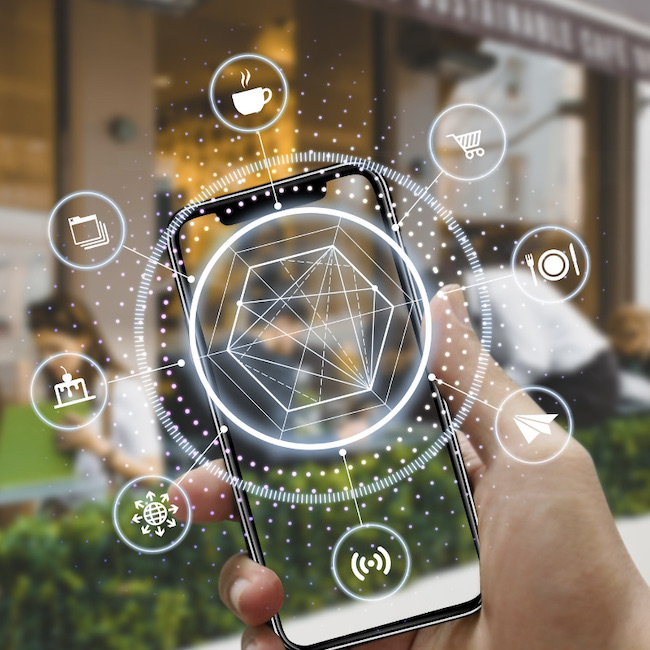Optimizing tasks with robots
As a result of high turnover and plunging profit margins, restaurants are struggling to maintain margins. Thankfully a new trend is emerging, brands are discovering that automation is the answer to fix this problem.
Robots are a popular application of artificial intelligence in the retail industry. One of the most interesting uses for these robots is as shop assistants. Automated kitchen assistants can take over repetitive and time-consuming tasks in restaurant kitchens, saving time and potentially increasing profit margins by cutting costs.
In this matter, the Spanish company Br5 offers robotic solutions for human services. Their robots are able to pour a perfect beer, open bottles of wine or bottles of beer, prepare hamburgers, paellas, or even cocktails, always in collaboration with people. These Br5 robots work for the hospitality industry but can automate any function.

.png.transform/rendition-xs/image_image%20(1).png)




